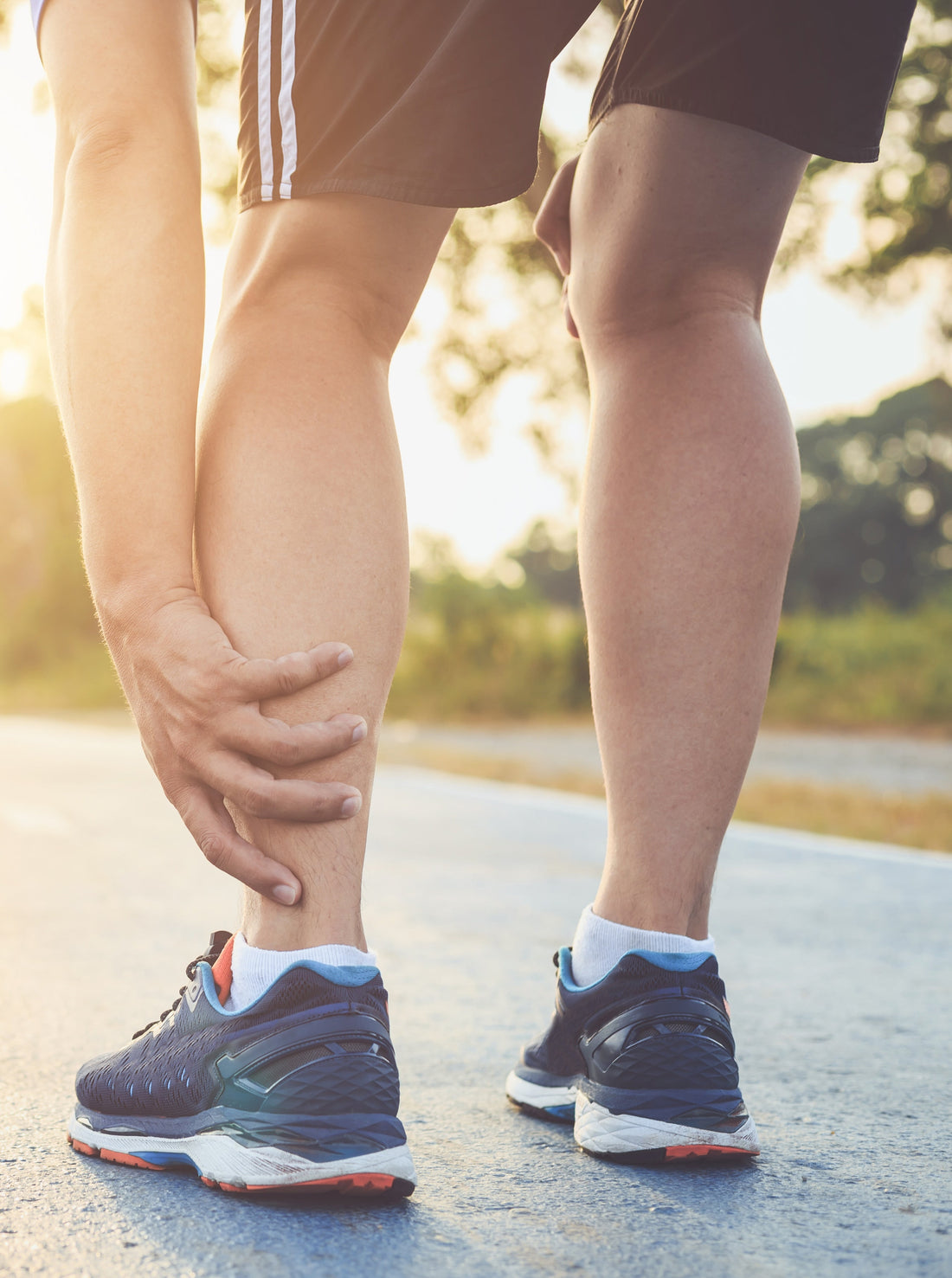Top Features to Look for in Neuropathy Shoes
When it comes to finding the right footwear, those with neuropathy face unique challenges. Neuropathy, often associated with diabetes, can lead to numbness, tingling, and pain in the feet, making it crucial to find shoes that offer comfort, support, and protection. In this guide, we'll walk you through the top features to look for in neuropathy shoes, ensuring you make an informed choice that meets your needs.
Peripheral neuropathy affects the nerves outside the brain and spinal cord, often impacting the feet and legs. This condition can be caused by diabetes, injuries, infections, or even exposure to toxins. Symptoms may include sharp pain, burning sensations, or complete numbness in the feet. As a result, individuals with neuropathy require specialised footwear to help alleviate discomfort and prevent further complications.
Key Features of Neuropathy Shoes
Choosing the right pair of shoes can significantly improve comfort and prevent additional foot problems. Here are some essential features to consider:
1. Cushioning and Support
Shoes designed for neuropathy should offer ample cushioning to absorb shock and reduce pressure on sensitive areas. Look for footwear with memory foam or gel inserts that provide a soft, comfortable base. Additionally, arch support is crucial to maintain foot alignment and distribute weight evenly.
2. Adjustable Fit
One of the most important aspects of neuropathy shoes is an adjustable fit. Swelling is a common issue, so shoes with adjustable straps, laces, or Velcro closures can accommodate changes in foot size and shape throughout the day.
3. Wide Toe Box
A spacious toe box is vital for neuropathy sufferers, as it prevents cramping and allows toes to move freely. A wider design helps reduce pressure points, minimising discomfort and the risk of developing sores or blisters.
4. Seamless Interior
Seams and rough stitching can cause irritation and friction, leading to sores and blisters. Opt for shoes with a seamless interior to avoid these issues and provide a smooth, comfortable environment for your feet.
5. Breathable Materials
Breathability is important in preventing moisture build-up and maintaining a healthy foot environment. Shoes made from mesh or other breathable materials help keep your feet cool and dry, reducing the risk of infections.
6. Non-Slip Soles
Stability is key for individuals with neuropathy, as balance can be affected. Look for shoes with non-slip soles to provide excellent traction and reduce the risk of falls. A durable rubber sole with a patterned tread is an ideal choice.
Types of Shoes for Neuropathy
Now that you know what features to look for, let's explore some types of footwear that cater to neuropathy sufferers:
Diabetic Shoes
Diabetic shoes are specifically designed to accommodate foot conditions associated with diabetes, such as neuropathy. These shoes typically include extra depth, cushioning, and a protective interior. They are available in various styles, from casual to dress shoes, ensuring you find a pair that fits your lifestyle.
Orthopedic Slippers
For indoor wear, orthopaedic slippers for peripheral neuropathy offer the same support and comfort as outdoor shoes. Look for slippers with a sturdy sole, arch support, and a soft, cushioned interior to keep your feet comfortable around the house.
Athletic Shoes
For those who lead an active lifestyle, athletic shoes with the right features can provide the necessary support and comfort. Choose shoes with a wide toe box, excellent cushioning, and non-slip soles for maximum performance and protection.
Tips for Choosing the Right Neuropathy Shoes
Selecting the perfect pair of neuropathy shoes can be challenging, but these tips will help guide you in making the right choice:
Measure Your Feet
Foot size can change over time, so it's essential to measure your feet before purchasing new shoes. Measure both the length and width to ensure a proper fit.
Try Shoes Later in the Day
Feet tend to swell as the day progresses, so trying on shoes later in the day can help you find a pair that accommodates any swelling.
Test for Comfort
When trying on shoes, walk around to ensure they provide comfort and support. Pay attention to any pressure points or discomfort that may indicate a poor fit.
Consult with a Specialist
If you're unsure about which shoes to choose, consult with a podiatrist or specialist who can provide personalised recommendations based on your specific needs.
Conclusion
Finding the right neuropathy shoes is essential for maintaining comfort and preventing complications. By focusing on key features such as cushioning, adjustability, and breathability, you can ensure your feet receive the support they need. Don't hesitate to try different styles and consult with a specialist to find the perfect fit for your needs. With the right footwear, you can enjoy improved mobility and a higher quality of life.








